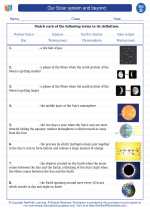Sound
Sound is a form of energy that is produced by vibrating objects. When an object vibrates, it causes the air particles around it to vibrate as well. These vibrating air particles create a series of pressure waves that travel through the air. When these pressure waves reach our ears, they cause our eardrums to vibrate, which our brain interprets as sound.
Properties of Sound
Sound has several properties that can be studied and measured:
- Frequency: The number of vibrations per second is called the frequency of sound. It is measured in hertz (Hz). Higher frequency sounds are perceived as higher pitched, while lower frequency sounds are perceived as lower pitched.
- Amplitude: The magnitude of the vibrations is called the amplitude of sound. It is related to the loudness of the sound. The greater the amplitude, the louder the sound.
- Wavelength: The distance between two consecutive compressions or rarefactions in a sound wave is called the wavelength. It is related to the pitch of the sound.
- Speed: Sound travels at different speeds through different mediums. In general, it travels faster through solids, slower through liquids, and slowest through gases.
How Sound Travels
Sound can travel through solids, liquids, and gases. When sound waves travel through a medium, they compress and rarefy the particles of the medium as they pass through. This is why we can hear sound through walls and doors - the sound waves are able to travel through the solid materials.
Applications of Sound
Sound has many practical applications in our daily lives. Some of the common applications include:
- Communication: Sound is used for speaking, listening, and other forms of communication.
- Music: Sound is the basis for creating and enjoying music.
- Medical Imaging: Techniques like ultrasound use sound waves to create images of internal organs and tissues.
- Sonar: Sound navigation and ranging is a technique used for detecting and locating objects underwater using sound waves.
Study Guide
To understand the topic of sound, it's important to focus on the following key points:
- What is sound and how is it produced?
- What are the properties of sound and how are they measured?
- How does sound travel through different mediums?
- What are the practical applications of sound in everyday life?
By mastering these concepts, you'll have a solid understanding of the science of sound.
[Sound] Related Worksheets and Study Guides:
.◂Science Worksheets and Study Guides Fourth Grade. Our Solar system and beyond

 Worksheet/Answer key
Worksheet/Answer key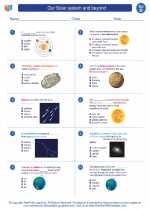
 Worksheet/Answer key
Worksheet/Answer key
 Worksheet/Answer key
Worksheet/Answer key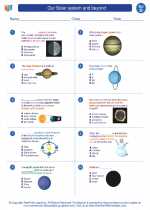
 Vocabulary/Answer key
Vocabulary/Answer key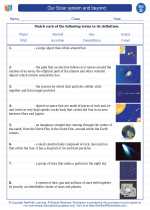
 Vocabulary/Answer key
Vocabulary/Answer key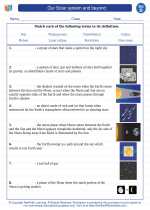
 Vocabulary/Answer key
Vocabulary/Answer key